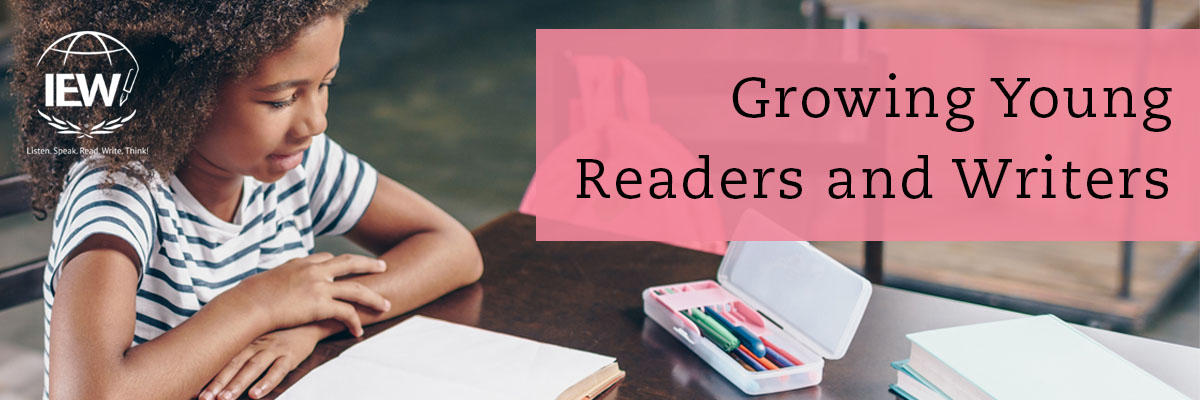Why are the Primary Posters necessary in a K–2 classroom?
One of the questions we hear frequently from teachers and principals concerns our Primary Posters for Kindergarten, Grade One and Grade Two: “Is this really something we need? Couldn’t we just use our document cameras and save money?” We certainly understand this concern. School budgets are tight, and every instructional dollar must count. However, the answer to the first question is an emphatic “Yes!” The Posters are an essential tool in your K–2 classroom, and it begins with poetry.
Poetry and the Linguistically Rich Classroom
Glance through our K–2 classroom instructional materials, and you will notice immediately the pivotal role that poetry plays in each lesson. From Week 1 to Week 30, from kindergarten to grade two, each day’s lesson centers on a poem. Why?
Poetry is part of the culture and fabric of the Institute for Excellence in Writing’s storied history, beginning with Anna Ingham, who believed that poetry is an integrator to learning for the primary child, providing just the right medium to teach other subject areas. Mrs. Ingham understood that poetry is the best method to expose children to the beauty of the spoken word and the natural world. What better way to light up children’s imaginations and help them grow a rich and refined vocabulary than the time-tested memorization of poetry? IEW’s founder and director, Andrew Pudewa, also endorses poetry memorization as one of the best ways to nurture communication skills, calling it a “culturally powerful and educationally essential way to infuse reliably correct and sophisticated English language patterns into students' minds.”
How do the Posters work?
As the lesson begins, your students are seated around you. In front of them, a poem is displayed on a large laminated chart, the colorful illustrations providing clues to the poem’s message and inviting each child to engage with it. You read the poem expressively and discuss it line by line, pointing out interesting or unfamiliar words and phrases. You underline elements of phonics and language, using the poem to teach a part of speech. Or choose a simple word and brainstorm a list of vivid synonyms to add to a word wall. You use the rhyming words to point out graphemes and build word families. You read the poem again, and this time your students join in to choral read with you. Some are already committing it to memory. By the end of the week, most will know it by heart.
This is the power of the Posters: When the lesson is over, the poem is still there in front of the children—all week long—where they will look at it, memorizing the sounds and recognizing the words, and where you can refer to it in endless teachable moments, integrating it into an art activity, a science lesson, or perhaps a game. Like Mrs. Ingham, you are feeding your students’ imaginations and filling their brains with rich and beautiful language. You are growing readers and writers in the rich soil of poetry.
In addition to the full-color poems, the Primary Posters include additional sources for writing: removable posters with printing reminders, IEW’s structural models, and the 4-Point Check to help students learn to proofread their own writing. To view a sample, click here.
Are you a teacher or school administrator interested in IEW? You can contact Jean or any of our Educational Consultants through our website at IEW.com/schools/help-support/contact-us. |


